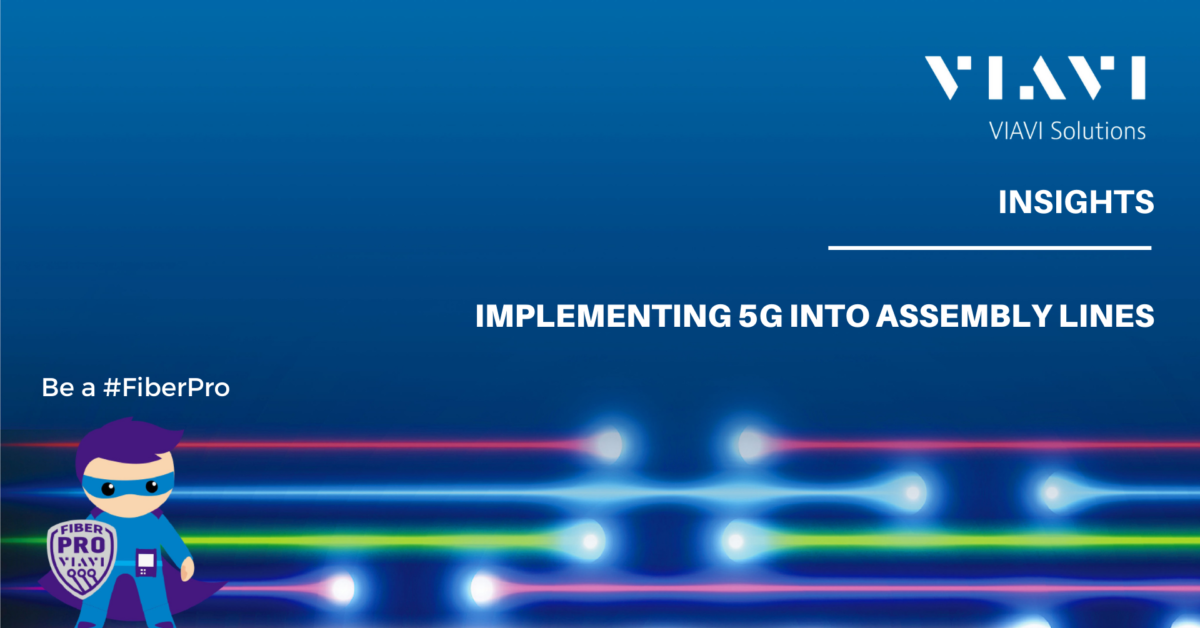Implementing 5G Into Assembly Lines

5G networks are set to transform and revolutionise how their assembly lines work in the future. This state-of-the-art technology is the most potent iteration to ever exist on the planet. The benefits it produces are insurmountably crucial and valuable for the development of manufacturing moving forward. Nevertheless, for this technology to be truly embedded into assembly lines, it would need to be integrated while considering its benefits and requirements to create never-before-seen seamless manufacturing processes.
Advancements and Benefits
The modern manufacturing factories have been implemented by the 4IR (4th Industrial Revolution). The 4IR entails a variety of advances in artificial intelligence (AI), robotics, and the Internet of Things (IoT). This has pushed a breakthrough in manufacturing technology and changed the way goods are handled and delivered. Almost everything is digitised with the capabilities to orchestrate all activities on the industrial floor. It’s been five years since we have been using 4IR as our mainstay of manufacturing processes, but now is the time to take the next step and implement the robust 5G networks.
A network as powerful as the 5G will undoubtedly transform manufacturing processes to greater heights. With its promised fast connectivity rates, higher bandwidth space, near-zero latency, and wireless connectivity, the 5G boasts an ideal performance like none other. The implementation of 5G will enable factories to optimise production by capturing real-time data on all of their machines, materials, and activities with impeccable detail. In turn, this will maximise the flow of production cycles and reduce superfluous waste. Additionally, it would intensify the flexibility to mass-produce and customise goods on demand.
The most significant change from implementing 5G into manufacturing is how human intervention will be moving forward. The 5G can install virtual reality/augmented reality (VR/AR) to the system. The downside of digitised manufacturing is the loss of skilled and experienced employees, but with VR/AR, this is no longer an issue. Virtual reality/augmented reality can assign said employees into the mentoring role of remote work to guide newer employees, thus, developing specialists and technicians more rapidly and successfully than ever before. A much more competent group of employees can also fully utilise smart glasses to constantly access generated equipment data, allowing more in-depth analysis and repair of any damages or defects in near real-time. Hence, increasing the revenue and diminishing expenditure.
A well-constructed cyber-physical system enables precision control and connection with just about any manufacturing process, from virtually anywhere and anytime in the world. The blurred boundaries between the physical, digital, and biological worlds are now a cohesive system that intertwines and connects to produce a harmonious manufacturing ecosystem.
Challenges and Requirements
It’s natural for any technological advancements to have their own set of challenges. A recent PwC survey showed that many manufacturers are concerned about converting their factories to a fully wireless environment since the factory floors can be a complex and noisy environment for any wireless system. In addition, a wireless system is challenging to be 100% secure when they are dependent on open connectivity to the cloud. They are also concerned that this new digitised technology could be superseded by something more advanced in the future.
The solution is relatively simple. Building an entirely digitised and software-based system would facilitate regular updates that can be installed and modified according to the needs at hand—for example, updating the software regularly to enhance and fix any bugs in the cyber security and the system itself. This will prevent any data breach, and continuous upgrades on the software will maintain its excellent performance. All of this could become a reality by constructing an onsite 5G network consisting of macro and small cells and fully IP-enabled (source). A tight-knit collaboration between all parties, spanning across the corporate and communication technologies (IT) and the operational manufacturing technologies (OT), is a must to maximise the capabilities of the 5G.
Furthermore, you may also want to conduct an overhauling process of the previous network to upgrade and accommodate the 5G networks. This integration process would most likely come at a hefty cost. However, it’s indisputable that the benefits from the 5G networks would outweigh its challenges.
VIAVI Solutions is at the forefront for end-to-end network solutions, with our 350+ global Channel Partners ready for your needs. We take pride in our excellent new fiber networks implementation and quality assurance with 5G validation, 5G testing, and 5G visibility services to pursue reliable networking. Visit our website or contact us for more information.



